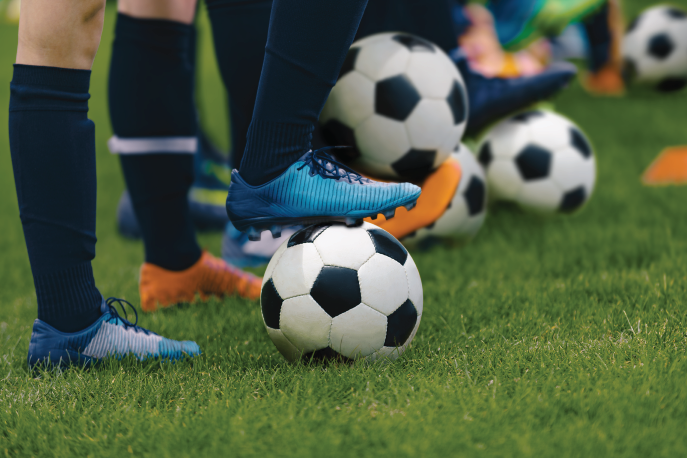Teen Athletes at Risk of Sexual Violence: Prevention is Possible
Sexual assault among teen athletes can rock a community to its core and has lasting impacts on survivors. Take Steubenville, OH, for example: A culture of sexual violence led many members of a high school football team to believe sexually violating their peers was acceptable enough to post online during several separate events. The documentary Roll Red Roll explores how Steubenville is still healing years after a grand jury investigation found a pattern of abusive and silencing behavior among students and adult school staff.

Teen athletes are not only at risk of perpetrating sexual violence — they are also at risk of being sexually violated, whether from peers, coaches, or other adult athletic administrators. We know sexual violence in sport – both perpetrating and experiencing violence – is an issue from news media and personal stories, but what does the research say? Is there a greater risk of violence associated with involvement in team sport? How can sexual violence be prevented in sport climates?
A recent research article in the Journal of Interpersonal Violence examines the connection between adolescent sexual violence perpetration and victimization and the amount of time an athlete spends participating in team sports.
In the article, Team Sports and Sexual Violence: Examining Perpetration by and Victimization of Adolescent Males and Females, researchersdiscover that adolescent males who are involved in team sports 1-4 days a week and males involved 5+ days a week were more likely than peers not involved in team sports to perpetrate sexual harassment (telling sexual “jokes,” making sexual comments or gestures towards another person, or engaging in bullying behaviors). Teen females involved in sports 1-4 days a week were also more likely than their peers not involved in sports to perpetrate sexual harassment. Additionally, males who are involved in sports 5+ days a week were more likely than peers not involved in team sports to perpetrate sexual assault by coercing a dating partner.
On the other hand, the study also revealed that adolescent males involved in team sports 5+ days a week were more likely than their non-sport involved peers to experience any sexual harassment, and they were more likely to experience sexual assault through coercion by dating partners. However, only adolescent females involved in sports 1-4 times a week were more likely than their non-sport peers to experience sexual harassment.
These findings show that adolescents involved in team sports are more likely to both perpetrate and experience sexual harassment and sexual assault than those not involved in team sports. This research confirms and further calls attention to the need for specific and intentional measures to prevent sexual misconduct in sports environments.
Here are four suggested solutions:
– Educate athletes on sexual violence and its prevention. Athletic departments and sports clubs should take the lead.
– Incorporate bystander intervention programs, which have been used in high school college settings and show promising effectiveness. Such programs include Coaching Boys Into Men and Athletes as Leaders — the latter of which was developed through a grant provided by RALIANCE.
– Implement and enforce a code of conduct and create a team culture that condemns violence and promotes healthy, respectful behaviors and consent.
– Train the sport community including coaches, parents, and athletic leaders on how to support survivors and speak out to prevent sexual violence.
This research confirms what coaches, athletic administrators, and athletes have known from experience: Sport culture influences social norms that prevent sexual assault, or it can create or contribute to a culture of sexual violence.
Want to learn how to shift team culture and prevent sexual violence? Check out these resources and programs in RALIANCE’s Sport + Prevention database.
